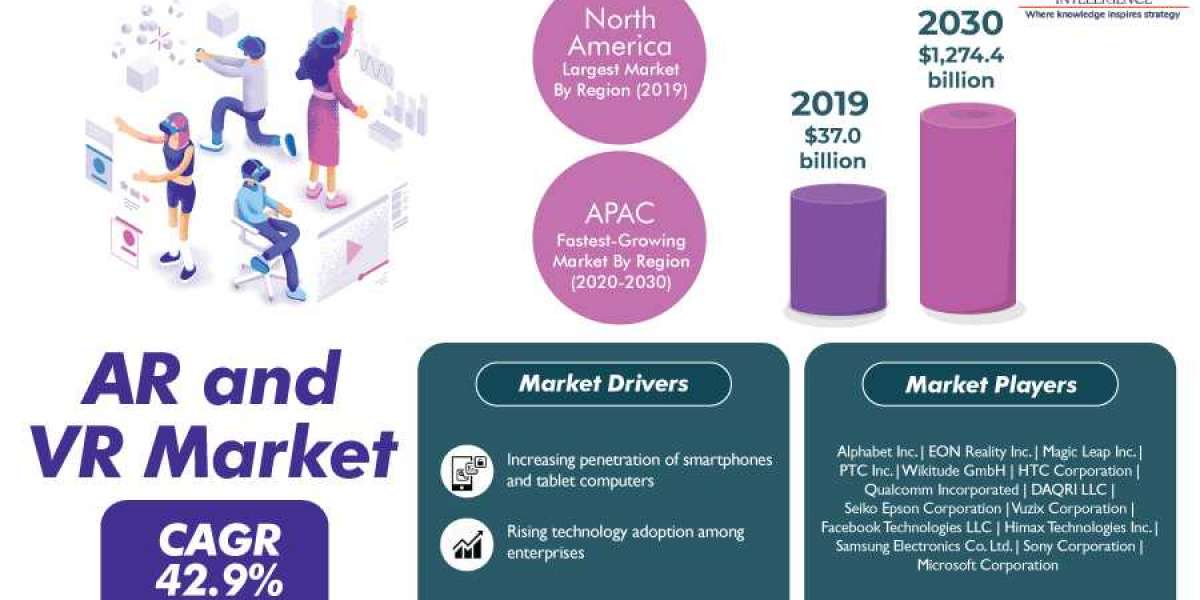Geographically, the North American region dominated the AR and VR market in the recent past due to the increasing application of these technologies in the e-commerce and healthcare industries. For instance, AccuVein Inc., a U.S.-based medical imaging solution provider, develops AR technology for the healthcare industry, to assist doctors and nurses in locating veins in patients. Thus, the presence of leading solution providers in the U.S. encourages the usage of AR/VR in the region.
Whereas, the Asia-Pacific (APAC) region is expected to adopt these technologies at the highest rate in the foreseeable future. This can be primarily ascribed to the ongoing technological revolution here owing to the presence of a vast population, especially of tech-savvy youth. Additionally, the increasing availability of such advanced devices on account of the surging popularity of AR- and VR-based gaming will augment the adoption of these solutions in the region.
These devices are based on software such as VR content creation, AR software functions, cloud-based services, and software development kits (SDKs). Furthermore, the key hardware components of such solutions are semiconductors, sensors, cameras, displays, projectors, and position trackers. In the coming years, the sales of hardware will be higher than that of software due to a notable plunge in the cost of AR and VR devices.
These technologies find application in the healthcare, automotive, aerospace and defense, tourism, education, e-commerce, retail, gaming, and sports and entertainment sectors. At present, Wikitude GmbH, Microsoft Corporation, Facebook Technologies LLC, Samsung Electronics Co. Ltd., Himax Technologies Inc., EON Reality Inc., PTC Inc., Sony Corporation, HTC Corporation, Seiko Epson Corporation, Alphabet Inc., Qualcomm Incorporated, Magic Leap Inc., and Vuzix Corporation are offering the marker-based AR, marker-less AR, non-immersive VR, and semi-and fully immersive VR technologies.
These technologies are deployed via AR-enabled handheld devices, head-up displays (HUDs), and head-mounted displays and VR-based head-mounted displays (HMDs), projector and display walls, and gesture-tracking devices.







